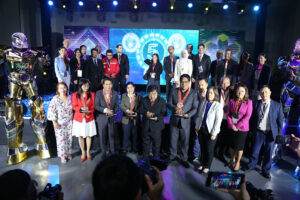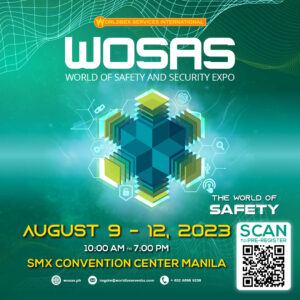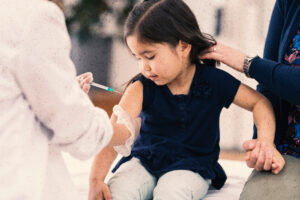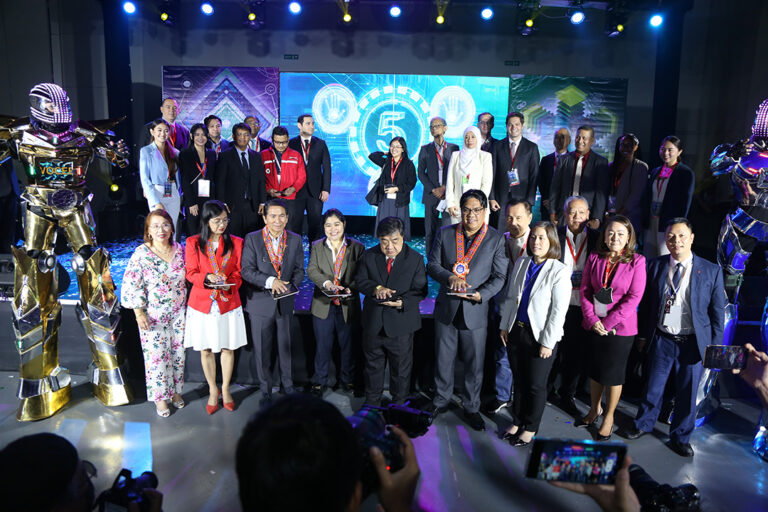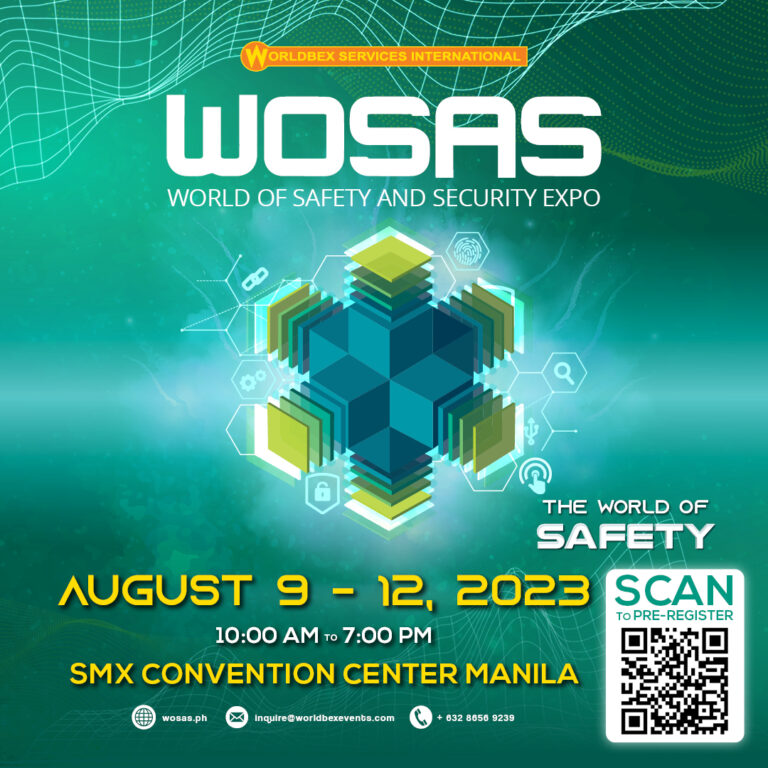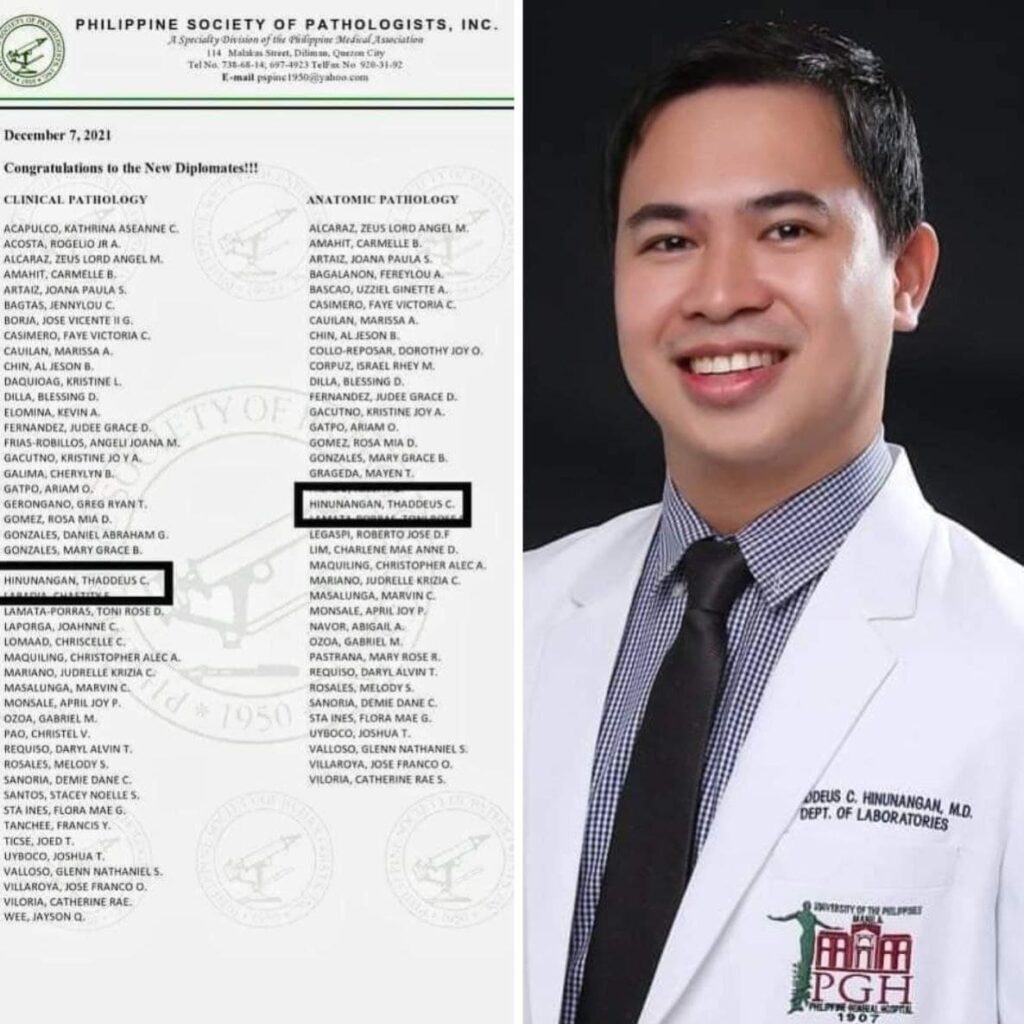
I’m not sure it is even possible to encapsulate the anxiety, anticipation, and downright rollercoaster of emotions the past 6 months. I have taken a good number of board exams in my lifetime – Nursing and Med boards, but they don’t compare to the Anatomic and Clinical Pathology (AP/DP) Diplomate exams.
For the Clinical boards, there are several subjects, each with a supplementary reference, there’s Clinical Microscopy (Strassinger for body fluids and Belizario for parasitology), Blood banking (Harmening and American Association of Blood Banks (AABB) handbooks are great references), Clinical Chemistry (I think Tietz might be an overkill but Henry’s would suffice), Hematology (Henry’s is also sufficient), Microbiology (Murray is ok but Henry’s is also high yield especially for the pictures), Laboratory management (there are chapters in Henry’s dedicated to this), Philippine laws governing the practice of Clinical Laboratories, and more recently, Molecular Pathology. The most high-yield of all references is Henry’s, the bible of Clinical Pathology, which has an impossible font size 9, and innumerable details one has to memorize.”hello how are you”
The exam itself has a Theoretical part and projection questions. For the projection exams, the items can range from either identification of parasite by morphology, to identifying an antibody based on a full antibody panel (24 columns and 12 rows which you have to scan and process and shade the scantron within 60 seconds or else the next question flashes). The questions are two-step, meaning if you have identify the colony of bacterium based on their morphology the possible question can be, “what is the mode of transmission?” So if you do not know what you are looking at, you can forget about getting step 2 correctly.
Anatomic Pathology is a whole other level. The basic references are Robbins Pathologic Basis of Disease which is great for General Pathology, and Rosai for Surgical Pathology. There are other nice books like Sternberg and the WHO books if you really are into tumor nomenclature and even more details. The exam consisted of a Theoretical exam, a gross (or projection exam) and Microscopy, where you have 180 slides, each case you have around more or less 60 seconds to diagnose and legibly write your answers on the paper. Mind you, for most of those slides, you really have to scan every corner to look for the lesion. Some items don’t even have a clinical vignette or an organ, if the histomorphology is unique enough.
So not to put too much pressure but on the outset, your hard-earned four years of training in Combined AP-CP, your right to practice as a Pathologist, will only be given when you pass the certifying exams.
So a year prior, I had already started preparing by saving money. I knew it was going to be expensive. For four years I lived in a studio with no window because it was close to PGH and the rent was cheap, but I knew when I would start reviewing, I needed a comfortable place with a large window and lots of light. During review, I anticipated that we will no longer be salaried, having graduated.
First, I had a long, honest look at my standing for the past four in-service exams. I had been in the top 20 for both AP and CP in my fourth year level so I thought that was a good place to start. However, I also looked into the mistakes I’ve made in the past—like being lazy and not constantly reading. I set aside all self-criticism and doubt, I felt that I had negative assumptions about myself, and also assumptions about me made by other people. Setting that aside, giving in my best effort every day until exam time, would be my best bet.
When we had our moratorium, I decided a good strategy was to start with AP and review CP when the board exam was closer. The reason for this was that Clin Path was so broad that I felt if I studied CP and didn’t review again before the exam, I would have completely forgotten the things I studied.
So from March to April I read and transcribed Robbins, May to June read Rosai cover to cover, July to September I focused on Clinical Pathology. When the October schedule was postponed to November and December, I had to ask for an extension of the contract of the condo. I even had to withdraw from my Sunlife Variable Universal Life (VUL) Insurance to supplement the unexpected delays which meant rent, living expenses, etc.
There are certain overlaps in AP and CP. For example if you are reading on Immunologic assays in Clinical Pathology, you can correlate tumor markers with other details about the disease in Anatomic Pathology. The more connections you make, the more chances you will remember them. If you can put a face or a patient to associate with a certain disease, the more personal it is to you, the more you won’t forget. For formulas and computations, write them down and practice computations so you won’t get intimidated when you encounter the real thing.
October to November I had focused more on question and answers and re-reading the first 13 chapters of Henry’s which I think we should know by heart, and the high yield chapters of Clinical Chemistry, and the pictures in Clinical Microbiology and Parasitology. After the CP exam, there was more than two weeks to revisit AP. But what I didn’t expect was that three days after the CP exam I was still dead tired. I visited Quiapo Church, St Jude and prayed as often as I could, saying the rosary before every exam.
Making those handwritten notes was the best decision ever, because those summaries I made were what I reviewed during the break. Several of us also had a simulation of the slide exam with the help of consultants who let us borrow their study slides. It is very important for training yourself to recognize patterns in morphology so you can come up with the diagnosis within 60 seconds or less. I also saw cases of the current residents just to see common cases. We had collectively reviewed around 800 cases and as the exam day came, I felt I was ready. Time management was so difficult during the slide exam because if you have three minutes for one tray and the tray can contain either three difficult slides or an entire panel of Immunohistochemistry (you must know the specific staining pattern- cytoplasmic, nuclear, membranous? Was it strong, weak, dot-like or solid? What stains do you order together? What are the differentials when you order a specific set of stains? What stain would you use to confirm the diagnosis?).
Our exams were on November 14 (CP) and December 5 (AP). Because we were in a pandemic, we had to do the usual precautions – one to two meters apart, temperature taking at the entrance, masks, and alcohol hand rubs and we brought our own microscopes. The theoretical exams were in the morning and the projection exams and slides in the afternoon. Both exams were mentally draining, you really will just pray that somehow, you chose the correct answer during the multiple choice questions. For the slide exam, if you could not discern the diagnosis on time it was devastating, especially when you dwell on one slide and end up not being able to see one slide because the bell rang and you have to pass the slides to you right and receive a set of new ones. We did the 180 slides in one sitting without washroom breaks. These hardships make us value our license more.
Those were not easy exams and I have so much respect for everyone who had the courage to undertake the challenge. Especially for those who are working full time or part time, or have families. It’s hard because the certifying exams demand your undivided attention for months. It drains you of resources.
The day after the exam, I had to vacate my condo already so I got myself two drivers and with my microscope and books and clothes in tow, we drove 10 pm Dec 6,2021 from Manila, to arrive 2am Dec 8, 2021 in Tacloban.
Funny story, while at Matnog, Sorsogon, in the choppy waters of San Bernardino Strait, I suddenly noticed that I was added to the Viber account of UP-PGH Pathologists. I was confused (mind you, I haven’t had a decent sleep for days). The signal was choppy and it disappeared and then appeared again as we disembarked in Allen, Samar. Where a barrage of “Congratulations!!!” had arrived in my Viber, Telegram, Messenger. As we drove seven more hours through pouring rain at night, I was still giddy. I wasn’t sure if I was still dreaming, or if it was real.
google.com, pub-4264550707369682, DIRECT, f08c47fec0942fa0

